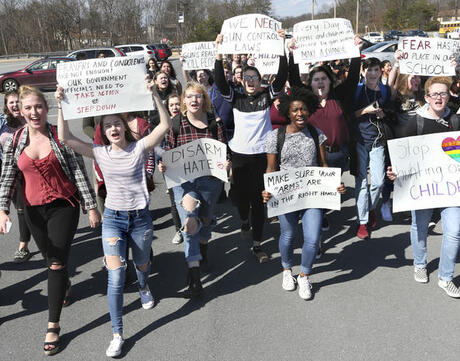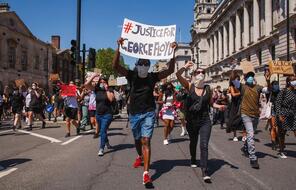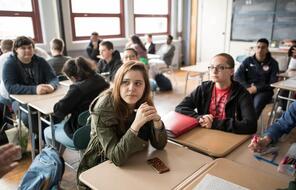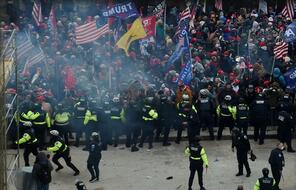
Youth Taking Charge! Placing Student Activism in Historical Context
At a Glance
Language
English — USSubject
- Civics & Citizenship
- History
Grade
6–12- Democracy & Civic Engagement
Overview
About This Mini-Lesson
In the weeks following the shooting at Marjory Stoneman Douglas High School in Parkland, Florida, students from Parkland met with government leaders in Tallahassee and Washington, DC, took to social media in a call for school safety and new gun control legislation, and met with students from Chicago who have been advocating for these same measures for years. After that meeting, Parkland student activist Emma González observed, “Those who face gun violence on a level that we have only just glimpsed from our gated communities have never had their voices heard in their entire lives the way that we have in these few weeks alone.” In addition to speaking with lawmakers and the media, Parkland student activists took to social media to involve youth nationwide in the National School Walkout (#NationalSchoolWalkout) on March 14 at 10:00 a.m. for 17 minutes and the March for Our Lives (#AMarch4OurLives) on March 24 in Washington, DC.
Parkland student activists join a long tradition of youth around the world who have embraced activism to confront racism, human rights abuses, oppressive government regimes, and lack of inclusion in school curricula, to name just a few of the issues for which young people have taken a stand.
To start the conversation, use the New York Times article 7 Times in History When Students Turned to Activism as a basis for helping your students place into historical context the efforts of Parkland survivors and youth activists across the country to raise awareness and call for change in school safety measures and gun legislation. Teachers need not endorse any particular viewpoint or policy proposal in the current debate over the availability of firearms to help students explore the power of young people to galvanize public opinion and political support behind issues they care about.
Preparing to Teach
A Note to Teachers
Before teaching this mini-lesson, please review the following information to help guide your preparation process.
Activities
Activities
Materials and Downloads
Resources from Other Organizations
Unlimited Access to Learning. More Added Every Month.
Facing History & Ourselves is designed for educators who want to help students explore identity, think critically, grow emotionally, act ethically, and participate in civic life. It’s hard work, so we’ve developed some go-to professional learning opportunities to help you along the way.
Exploring ELA Text Selection with Julia Torres
On-Demand

Working for Justice, Equity and Civic Agency in Our Schools: A Conversation with Clint Smith
On-Demand

Centering Student Voices to Build Community and Agency
On-Demand














